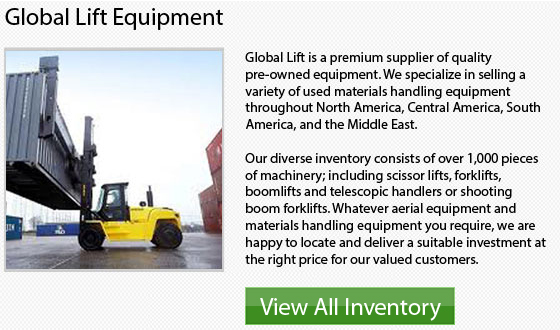
Forklift Safety Guidelines and Tips
Each and every year, there are about 20,000 cases of accidents which are related to utilizing forklifts in the US alone. And each and every year roughly 100 deaths are attributed to forklift accidents. Luckily, correct training about maintenance and operation procedures could significantly lessen the risk of accidents. The basic safety regulations and suggestions below must be followed whenever utilizing a forklift.
Training
It is the responsibility of the employer to make sure that the correct training program is provided to the employees and that operators of forklifts are trained.. Training involves a combination of presentations, lectures, practical hands-on training and discussions. Reevaluation must occur every three years. Forklift operators must be up-to-date with current forklift safety rules. Forklift training program content covers dangers of forklift operations, general workplace hazards, dangers related to using the particular forklift that the worker would be using and workplace surfaces and lighting. An employee should be at least 18 years old to operate a forklift.
Maintenance
Forklift inspections should be done daily to be able to ensure the safe and proper functioning of the equipment. The inspection involves keeping a checklist of items and reporting any problems immediately.
The Work Site
Having a safe and clean workplace is important in the safe operation of a forklift. A safe work place means establishing "traffic lanes" which are just designated for forklift use. Warning systems like for instance horns and flashing lights should be in place to be able to indicate when there is an approaching forklift. Forklift docking stations should be kept in good repair and inspected on a daily basis.
General Guidelines
Included in the general safety guidelines of utilizing a forklift are avoiding known hazards on the ground, like wet spots or oil spills; making sure that there is enough clearance for the load; raising or lowering the load only when the forklift is stationary; and keeping legs, hands and arms in the vehicle during operation.